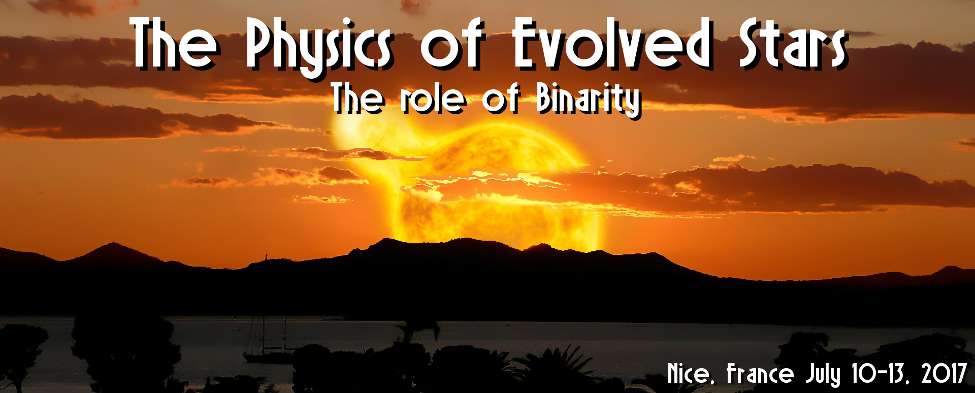Stars whose angular momentum (J) does not increase by a companion, a star or a planet, along
their post-main sequence evolution are termed J-isolated stars, hereafter Jsolated stars.
We argue that the final evolution of Jsolated stars is poorly known because most well studied dying
stars experience strong interaction with a companion, stellar or sub-stellar, e.g., planetary nebulae,
symbiotic stars, luminous blue variables (LBV) such as Eta Carinae, Type Ib and Ic core
collapse SN (CCSNe), many Type II CCSNe, and many more.
Analysis of known fates of evolved stars leads to the conclusion that the mass loss rate of
Jsolated stars is very low, that they end their lives by blowing a spherical wind/nebula, and that in most
cases they will go unnoticed.
Moreover, as the Jsolated star reaches a much larger radius on the AGB phase it is hence more likely to
interact with planets.
|


 PDF version
PDF version